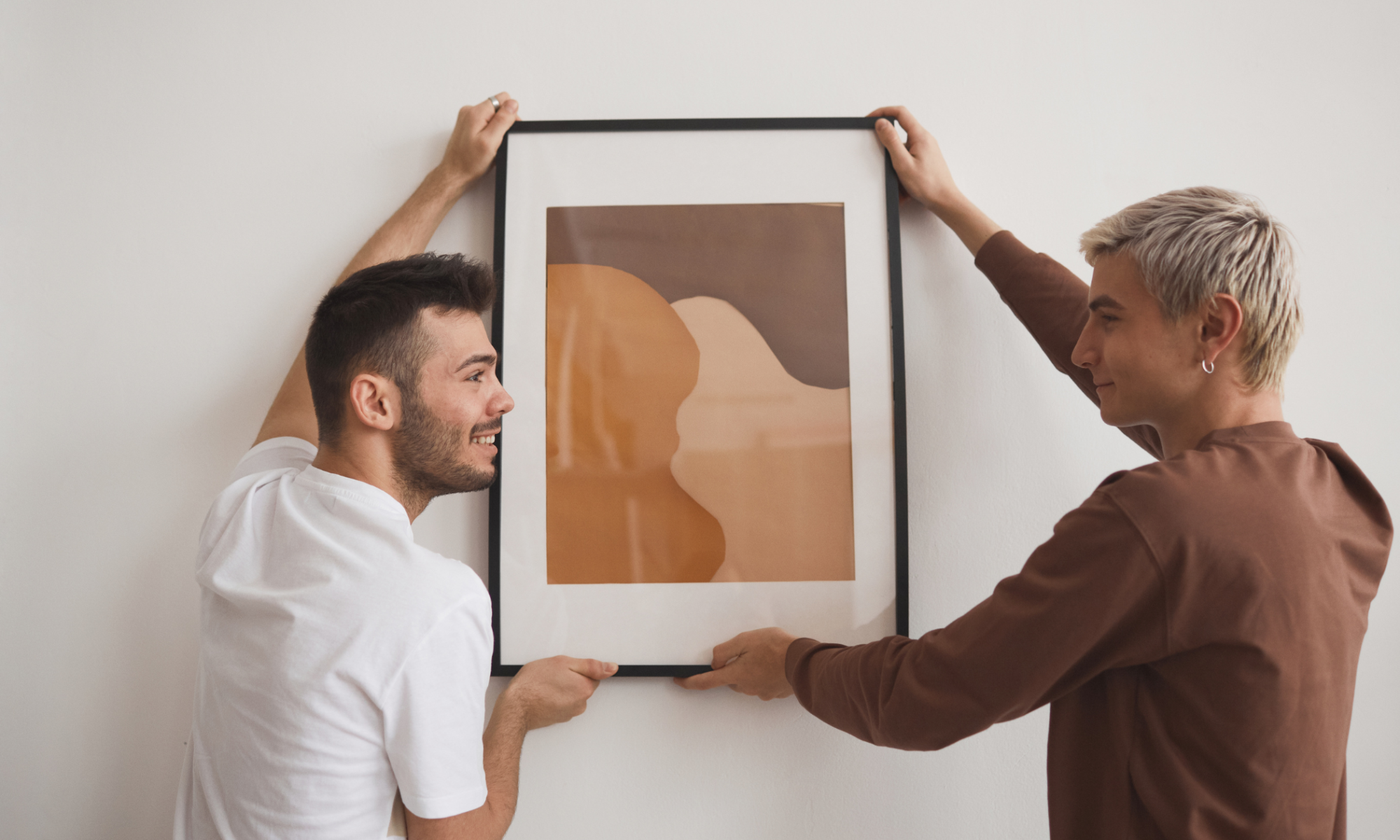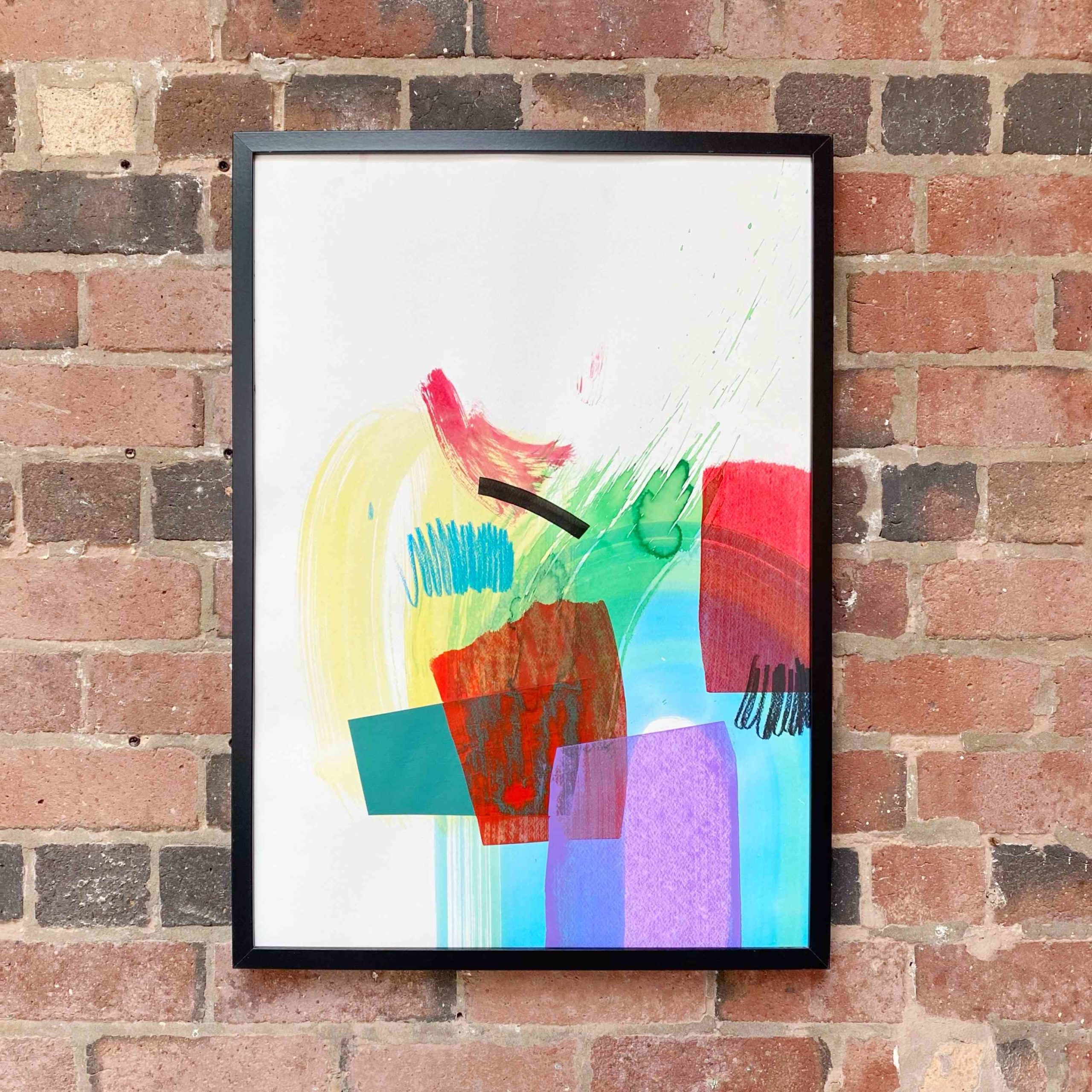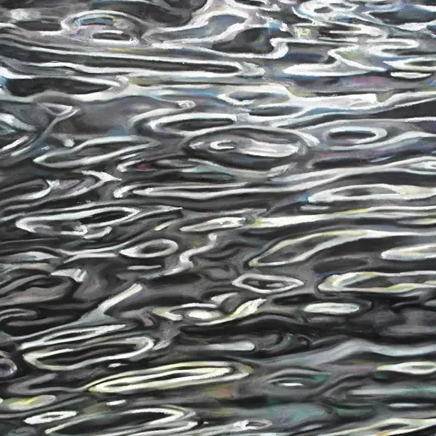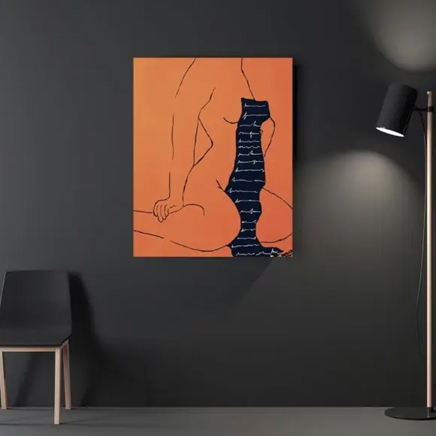Paintings in Interior Design
In the world of interior design, where the fusion of aesthetics and functionality creates harmonious spaces, paintings have risen as formidable instruments for space transformation. Beyond their decorative allure, paintings possess the remarkable capacity to evoke emotions, narrate tales, and enhancing interiors with wall art to elevate the very essence of a room’s atmosphere. At Cosimo, we dive deep into the intricate interplay between paintings and interior design to explore how they interact to enhance the ambience of a place.
The Transformative Impact of Art on Space
Integrating paintings into interior design goes beyond aesthetics; it wields the transformative ability to reshape a space, enhancing interiors with wall art. Whether the decor leans towards modern minimalism or a more classic style, paintings can seamlessly merge with their surroundings or boldly stand out as focal points. This infusion adds a layer of sophistication that harmonises and elevates the prevailing ambience, effectively enhancing interiors with wall art.
Elevating Aesthetics and Theme
Paintings hold the ability to serve as visual centrepieces that elevate a room’s essence.For instance, a serene landscape can enhance tranquillity in a meditation space, while an abstract artwork introduces contemporary elegance to a living area.
Selecting Paintings for Specific Rooms
Choosing the appropriate painting for each room requires careful consideration. Different rooms have different functions, and the artwork should reflect their purpose.
Enhancing Interiors with Wall Art: Living Room
As the home’s central hub, the living room can accommodate a wide variety of paintings. Consider large, vibrant pieces to make a statement or a collection of more miniature artworks for a gallery-like effect. Landscapes, abstracts, and figurative art can work well here, contributing to the room’s welcoming and convivial atmosphere. Enhancing interiors with wall art elevates the aesthetic appeal of your living space and infuses it with personality and depth, transforming your living room into a dynamic and inviting area.
Enhancing Interiors with Wall Art: Bedroom
Bedrooms are often spaces of relaxation and rejuvenation. Calming paintings, such as soft landscapes, gentle abstracts, or soothing colours, can create a serene ambience that promotes restfulness.
Enhancing Interiors with Wall Art: Dining Room
This space can benefit from paintings that stimulate conversation. Bold and expressive pieces can infuse energy into dinner parties, while still-life paintings reflect the room’s function.
Enhancing Interiors with Wall Art: Home Office
For a home office, consider paintings that inspire focus and creativity. Abstract art or motivational pieces can enhance productivity and create an environment conducive to work.
Harmonising Colours for the Bedroom and Living Room
Colours are a fundamental aspect of interior design, and they interact with paintings to create a overall mood of the environment.
Bedroom
Bedrooms are often associated with tranquillity. Colours like soft blues, gentle greens, and muted purples are known for their calming effects. Paintings that incorporate these colours can enhance the room’s serene atmosphere, promoting relaxation and better sleep.
Living Room
Living rooms are spaces for socialising and energy. Warm colours like reds, oranges, and yellows can create a lively and inviting atmosphere. Complement these colours with paintings that share similar tones, injecting vibrancy into the room.
The Emotional Connection
Paintings establish an emotional connection with their viewers. A well-chosen painting can evoke feelings of nostalgia, inspiration, or even provoke thought. This emotional resonance can significantly impact how individuals perceive and engage with the room.
Art Curation and Placement
Selecting and placing paintings is an art form in itself. The painting’s size, orientation, and placement within a room are all crucial elements. Larger paintings can visually expand a room, while smaller ones create an intimate setting. The painting’s placement should align with the furniture arrangement and lighting.
Incorporating paintings into interior design is akin to adding a layer of soul to a space. Beyond being decorative, paintings hold the power to shape the atmosphere, influence emotions, and encapsulate the essence of a room. By understanding the symbiotic relationship between colours, themes, and emotions, you can harness the transformative potential of paintings to create spaces that are not only visually stunning but also deeply meaningful. As art meets design, rooms cease to be mere spaces; they become canvases for personal expression and creative storytelling.







